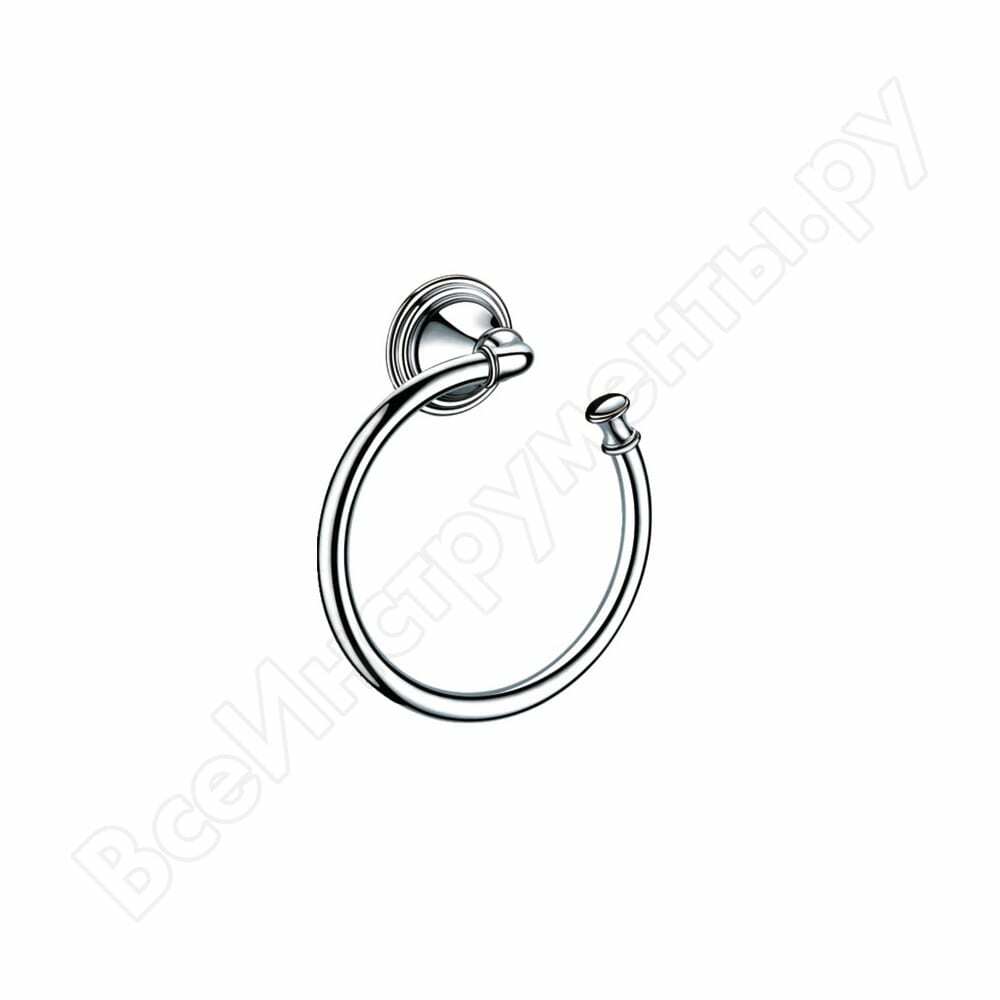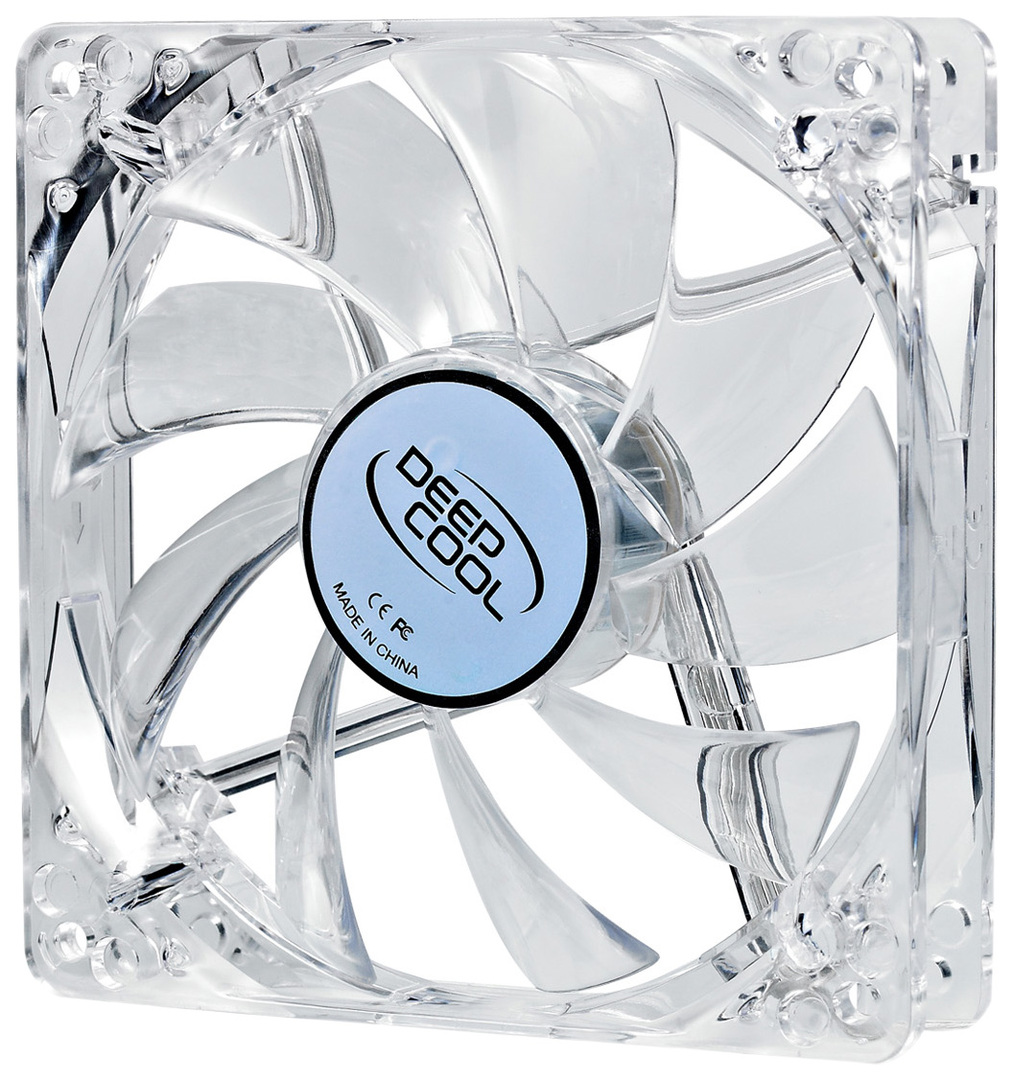Contents:
- Basic types of milkweed, their distinctive features and characteristics
- Conditions for milk containing, which are considered optimal for its safe life
- Specificity of planting, renewal and reproduction of milkweed
Among the indoor ornamental plants, the spurge is the most extensive species diversity. Care at home after him is not complicated, with any florist can choose for himself that particular plant that meets his requirements. It can be beige or triangular handsome, unusual and attractive spurge mile, combed( ribbed) specimen.
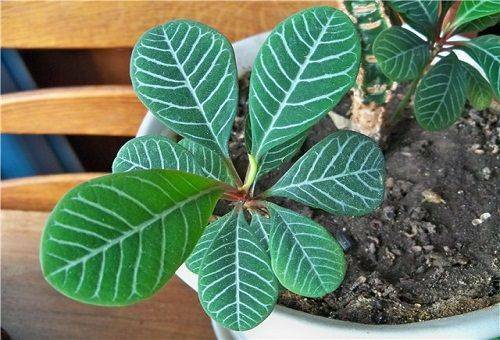
Spurge of beezhalkovyj
In house conditions there is an opportunity to plant grasses, bushes and trees of the given kind, which height varies from several centimeters to two meters. Some representatives, for example, spurge are triangular, covered with spines and are more like cacti. Combines all these varieties with the presence of milky juice, which appears if you make a cut on the sheet.
The main types of milkweed, their distinctive features and characteristics
As part of the family, according to different data, there are from one to two thousand representatives, most of them can be grown at home. The most popular among domestic plant growers are the following specimens:
- Euphorbia squirrel. From the thick ribbed trunk depart dark green elongated leaves of oval shape, on which distinctly visible veins of light color are clearly visible. White-fruited spurge can give flowers, but they are rather small and unattractive. Attention is drawn precisely to specific leaves that are updated at the top of the trunk and die in the lower part.
- Euphorbia Triangular. This indoor flower looks like a kind of cactus, which even at home can grow to 3 m. It is easy to recognize by the characteristic stalk. It is a triangular fleshy skeleton, the jagged edges of which are covered with fairly long spines and small oval leaves. Blooms very rarely.
- Spurge a mile. Another name is a kind of "crown of thorns."This is a bright green shrub that often blooms, pleasing the surrounding fluffy inflorescences of pink, white, red or yellowish color. Euphorbia mile loves the light and, with its deficiency, ceases to bloom.
- Euphorbia comb. A distinctive feature of this evergreen shrub is a massive ribbed stem, from which extend the oval elongated leaves. With the right care with an enviable periodicity, though not as often as the spurge of a mile, gives pink and white flowers.
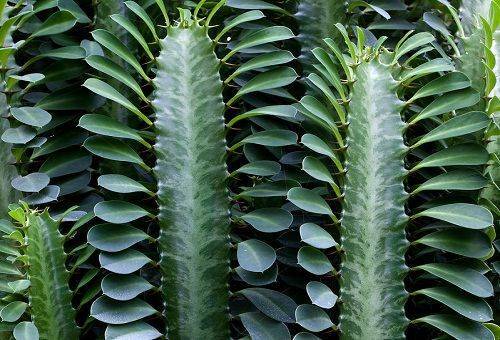
Euphorbia triangular
Before acquiring one of the plant family, you need to familiarize yourself with the features of its contents. Despite the fact that care for milk is not difficult, there are specific features that are specific to the content of individual representatives.
For example, the spurge of a mile can not normally exist without abundant illumination, and a beige-lowered specimen will have to be constantly updated so that it does not lose its attractiveness.
Conditions of milking, which are considered optimal for its safe life
If you reduce all the requirements that the flower "puts forward" to the conditions of its maintenance to a minimum, then we can say that it simply can not be poured and kept in a draft. If to go into details, the room representative of the flora will be grateful for life in the following environment:
- Primer. Must be loose, freely flowing water. The bottom is necessarily laid out with pebbles or expanded clay, the pot is filled with a special primer for succulents or cacti. You can mix two pieces of leaf earth and sand with three parts of humus on your own.
- Top dressing. It is introduced only during the vegetation period, not more than once a month after watering. Flowering plants are suitable potassium fertilizers.
- Watering. In summer, one watering is enough a week, water should not form puddles or stagnate. In the period of special heat, spraying is allowed. In winter, the flower is watered no more often than once a month. During the rest period, when the ambient temperature drops to + 12 ° C, watering is stopped.
- Temperature. In summer, indoor flower best to expose to fresh air( only if the temperature is not below + 15 ° C and not above + 25 ° C).The same indicators should be followed and at home maintenance of the plant.
- Lighting. The vast majority of milkweed needs abundant light. But some of them, such as the spurge of a mile, perfectly tolerate direct sunlight, while others prefer diffuse light.
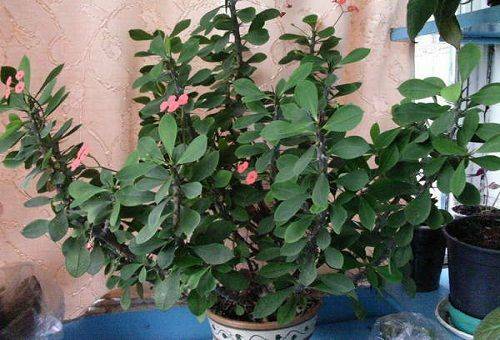
Spurge Mile
Advice
Special attention should be paid to plants that are designed to please their flowers. If you plant a spurge of a mile or its protein analogue in too dense soil, it will retain fluid, which can delay or prevent flowering.
It should be noted that even a significant deviation from these indicators very rarely leads to the death of the plant. But in unfavorable conditions, the indoor flower begins to rapidly lose its attractiveness.
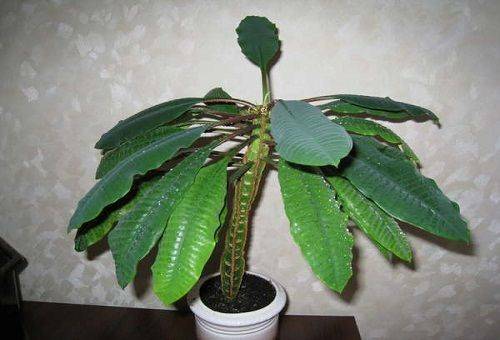
Euphorbia: Proteinous
Specificity of planting, renewal and reproduction of milkweed
Those who want to know how to care for milk should remember the important rule, the observance of which is the basis of the normal life of the green organism. Immediately after the purchase of the plant, its transplant must take place, especially if it is in a special transport container. The specimen is planted in the soil of the desired type immediately after the appearance in the house. In addition, the transplant should be carried out every spring.
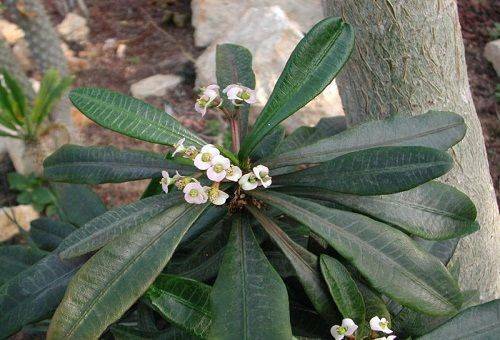
Euphorbia comb
No less important is the pruning of the plant, it particularly affects the protein-free spurge, the leaves of which gradually die off. Manipulation is carried out in the middle of summer, immediately after the flowering of the specimen. At the same time, dry elements are carefully removed, too long shoots are shortened, it is better not to touch the young shoots, then they will blossom next summer.
Reproduction of the plant is carried out by planting seeds, cuttings, young parts of the bush. All these techniques are fairly simple, but in the case of cuttings and flower parts it is necessary to use gloves when working. If juice of the milkweed gets on the exposed skin, you can get a light burn or manifestations in the form of an allergic rash.
We recommend that you read the article: care for the hippeastrum


